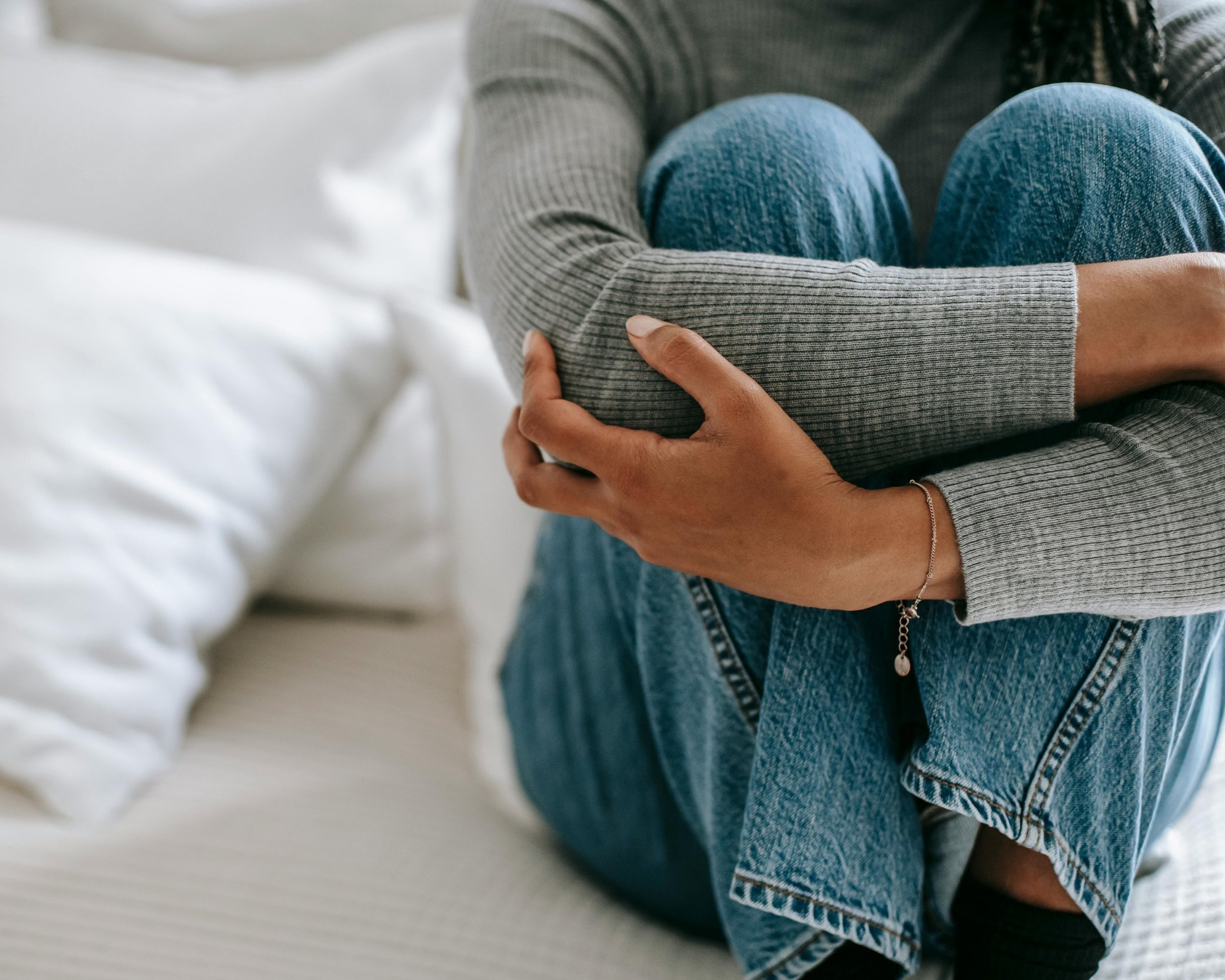Healing Emotional Wounds – A Vital Step Toward Restoration
In our journey toward full restoration, one of the most crucial aspects to address is the healing of emotional wounds.
These hidden hurts, often buried deep within us, can prevent us from experiencing the fullness of God's design for our lives.
In this second blog, we will explore how emotional wounds form, the impact they have on our relationships and identity, and the steps we can take to begin healing them through God's grace.
How Emotional Wounds Are Formed
Emotional wounds can come from a variety of sources: childhood trauma, broken relationships, unmet expectations, betrayal, or even a lifetime of feeling unworthy or unloved. Whether they are caused by significant life events or smaller, repeated experiences, these wounds leave a deep imprint on our hearts and minds.
Over time, if left unaddressed, emotional wounds can shape the way we see ourselves and the world around us. They can distort our self-image, make us believe we are unworthy of love, or create barriers to forming deep and meaningful relationships. Without healing, these wounds become strongholds for the lies of the enemy to take root and grow.
The Impact of Emotional Wounds on Relationships
The consequences of unhealed emotional wounds are most evident in our relationships. When we carry unresolved pain, it often affects how we interact with others — especially those closest to us. Hurt people tend to hurt others. As a result, unresolved emotional wounds can lead to a cycle of conflict, misunderstanding, and brokenness in our relationships, particularly in marriages.
In our Face to Face course, couples often discover that their struggles stem from deeper, unhealed wounds from their past. When these wounds are left unaddressed, they manifest as bitterness, anger, or withdrawal, making it difficult to build a healthy and thriving relationship. Many couples find themselves repeating patterns of conflict without understanding the root causes.
Steps Toward Healing
Healing emotional wounds requires intentionality, prayer, and a willingness to face the pain we have buried. At The Family Collective, we believe that true healing comes when we bring our wounds before God and allow Him to work in us. Here are a few steps we encourage couples to take in their healing journey:
Acknowledge the Wound – The first step toward healing is acknowledging that the wound exists. Denial only prolongs the pain. By naming and recognizing our emotional wounds, we take the first step toward freedom.
Seek God’s Truth – The enemy often uses our wounds as footholds to whisper lies about who we are. Replacing these lies with the truth of God’s Word is essential. Scriptures that affirm our identity in Christ and remind us of God’s love can bring significant healing.
Forgive and Release – One of the hardest but most necessary steps in the healing process is forgiveness. Whether we need to forgive ourselves, others, or even release anger toward God, forgiveness is the key to breaking the chains that keep us bound to our pain.
Invite the Holy Spirit – Healing is not something we can achieve on our own. We need the guidance and presence of the Holy Spirit to work through the layers of pain and bring true restoration.
Conclusion:
Emotional wounds can deeply impact our identity and relationships, but they do not have to define us. Through God’s grace, intentional healing, and the guidance of the Holy Spirit, we can experience the restoration He promises. In the next and final blog of this series, we’ll explore how to rebuild relationships after healing and restore them to God’s perfect design.

